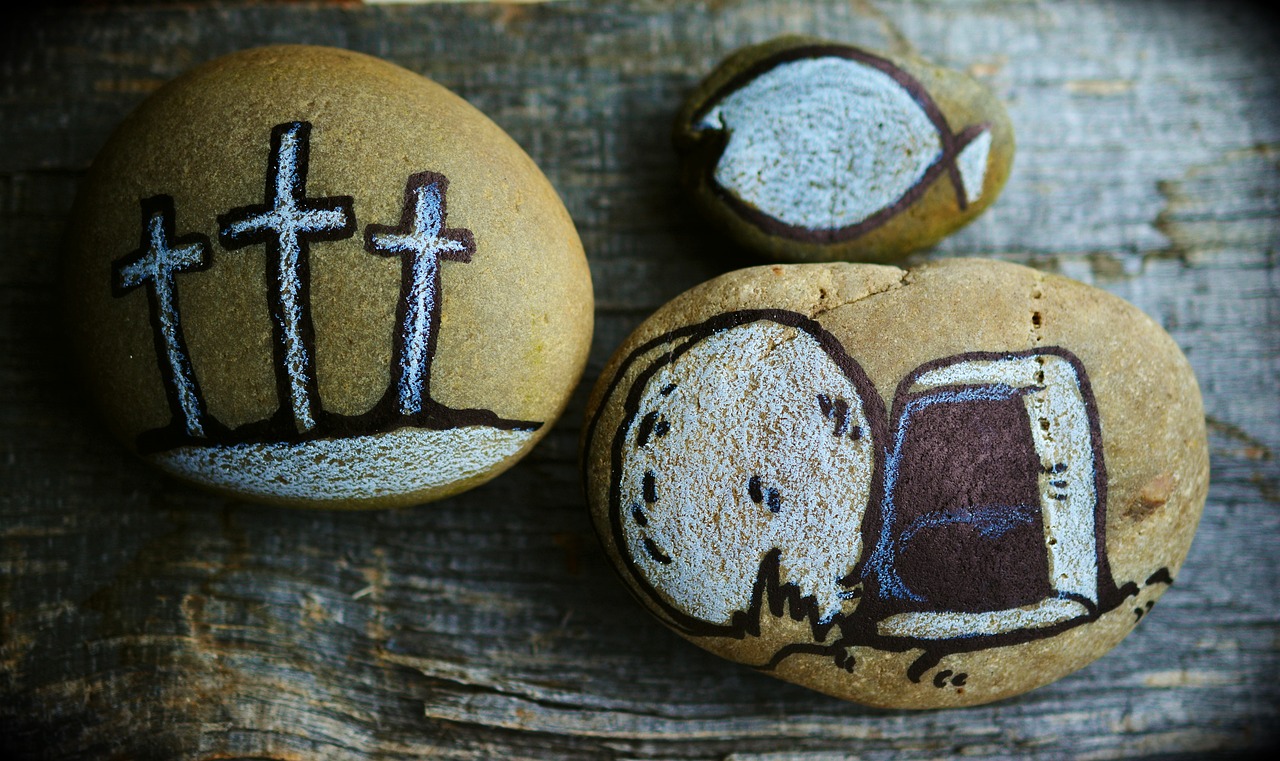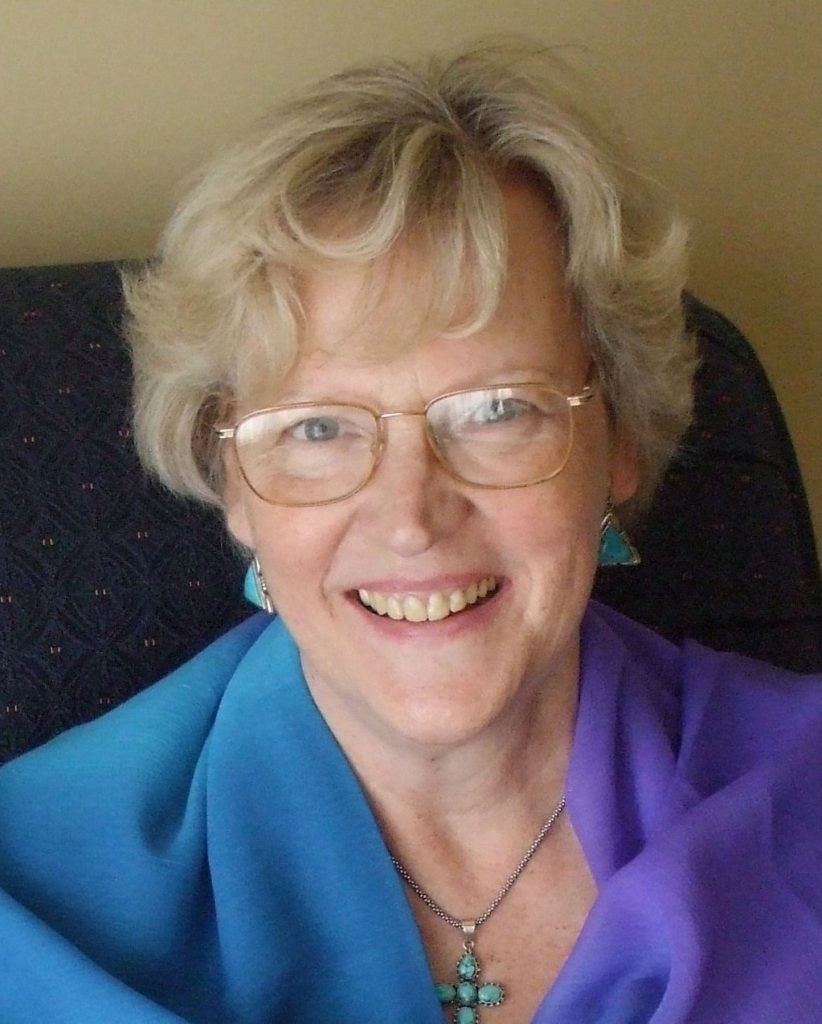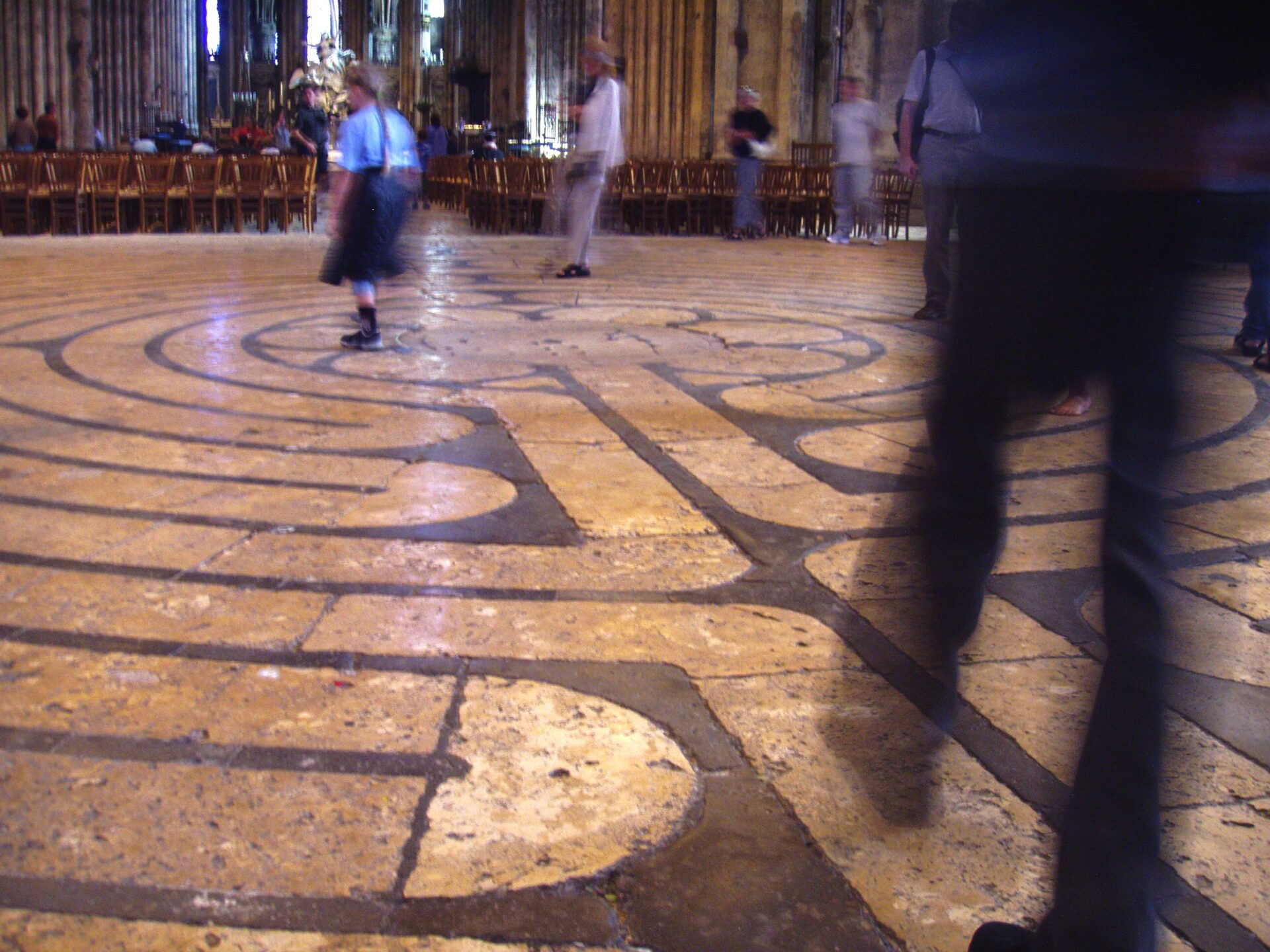The teaching of Jesus in the ‘Gospel of Thomas’ expresses beautifully what we have been talking about. It encourages us to open ourselves to the Divine Reality, to Divine Wisdom. The way to true self-knowledge shown in this Gospel is by truly listening in silent interiority to the deeper spiritual significance of his teaching. Our effort is supported by his all-embracing grace.
The ‘Gospel of Thomas’ was a product of the still predominantly oral culture of the time of Jesus and the subsequent early centuries. His teaching was primarily passed on by word of mouth. Jesus himself did not write anything down. In the ‘Gospel of Thomas’ the most frequently recurring sayings of Jesus, which had formed part of this oral tradition, were collected together. There may already have been a Syriac version of them written down as early as 50 – 100 CE. Fifty per cent of the sayings in this Gospel are also found in the Synoptic Gospels.
One of the early Church Fathers, Irenaeus, (2nd century CE), recommended in the interest of Church unity only four gospels – Matthew, Mark, Luke and John – and the letters of St Paul. He chose the Gospel of John rather than the Gospel of Thomas purely out of a personal choice: his teacher Polycarp had been a disciple of John. The Gospel of Thomas was actually at that time much more popular than the Gospel of John, which was considered ‘too Gnostic’. Because of this exclusion the Gospel of Thomas disappeared from sight, until in 1945 an earthenware jar was found at Nag Hammadi in Upper Egypt, which contained a mixture of documents; some were in the Gnostic tradition but there was also a copy of the ‘Gospel of Thomas’ considered now by most experts to be very much in the ‘apostolic’ tradition. The teaching in this Gospel shows us that the emphasis on transformation and realising your true Divine essence was part of the Christian Tradition right from the beginning. In Jesus’ view in the ‘Gospel of Thomas’ God’s light shines potentially in all of us. We are all children of God.
These sayings cannot be taken literally; Jesus’ words are pointers to the underlying meaning. They need to be reflected on, preferably after meditation, when we will understand them intuitively. My remarks are therefore personal reflections only. One of the saying relevant to what we have been exploring is: ‘Jesus said to them, “When you make the two into one, and when you make the inner like the outer and the outer like the inner, and the upper like the lower, and when you make male and female into a single one, ….. then you will enter the kingdom.” (Saying 22) As we have seen, the aspect of our being that allows us to survive, our ‘ego’, is only one aspect of the whole; there is also our essence, our ‘true self’. Our spiritual journey is about integrating both sides of our being: ‘making the two into one’. ‘Make the inner like the outer’ challenges us to let the divine spark at our core permeate the whole of our being, so that our behaviour is guided by this higher wisdom. ‘Make the upper like the lower’ encourages us to open ourselves to the Divine Light, ‘the upper’, and thus becoming ‘enlightened’, our whole being is thus divinized. And ‘make male and female into a single one’ entails integrating all aspects of our being, including the “male” and “female” aspects of our being, a process Jung emphasized. Then we will “enter the kingdom”, and experience the wisdom and presence of the Divine.”
Image by congerdesign from Pixabay





